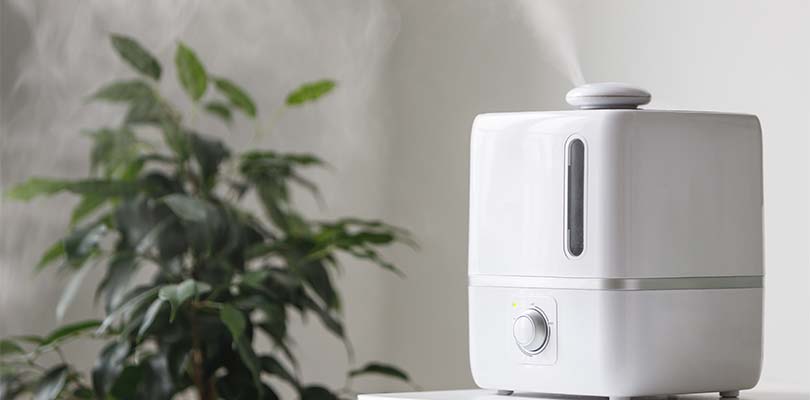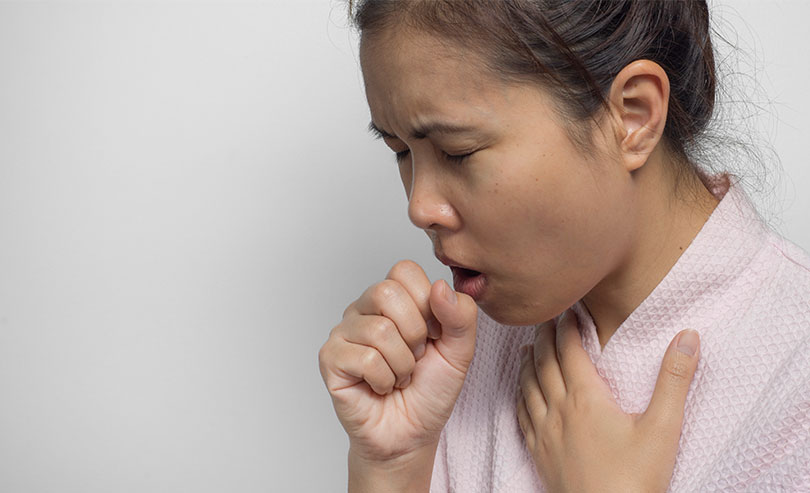What Are Asthma Symptoms in Toddlers?
Asthma is a chronic lung condition that causes intermittent inflammation and narrowing of the airways. Excess mucus production may also develop. When an asthma attack develops, the combination of symptoms makes breathing difficult. Even though asthma tends to be diagnosed in childhood years and beyond, but asthma symptoms in toddlers can also occur.
Typically, asthma starts in childhood, but it can also develop later in life. Asthma symptoms can also occur in toddlers. It is more difficult to diagnose asthma in toddlers because they usually cannot communicate how they feel. While some symptoms may be obvious, others are more subtle.
Asthma Symptoms in Toddlers
Symptoms of asthma in toddlers are similar to symptoms in older children and adults, but it is sometimes more difficult to determine in very young children. Usually, symptoms include:
- Wheezing
- Coughing, which may be worse at night
- Troubling eating or sucking
- Pale or bluish lips or fingernails
- Panting when playing
- Tried and not interested in favorite activities
- Fast breathing
- Nasal flaring
- Retractions (sucking in between the ribs or exaggerated stomach movements)
What Causes Asthma?
The exact reason why asthma symptoms may develop in toddlers is not completely known, but according to the
Asthma and Allergy Foundation of America (AAFA), certain risk factors have been identified. For example, toddlers who have a family history of allergies or asthma may develop the condition. Toddlers also have an increased risk of developing asthma early in life if their mother smoked during pregnancy.
The cause of an asthma flare-up in toddlers is often a respiratory infection. Respiratory infections may also trigger asthma symptoms in older children as well as adults. Toddlers are especially prone to viral respiratory infections, such as a cold or croup.
Diagnosing Asthma in Toddlers
Usually, asthma is diagnosed through a symptom review, medical exam and a pulmonary function test. In toddlers, a review of symptoms, medical history and a physical exam is performed. Lung function tests cannot be performed on toddlers.
The lung function tests involve blowing into a device in different ways to measure lung volumes and function. It is difficult to get toddlers to follow the directions and complete the test.
Usually, doctors use the information gathered in the exam and medical history to make a diagnosis. Additional tests may also be ordered, such as a blood test or chest x-ray to rule out other conditions, such as pneumonia. If it is suspected that a toddler has asthma, they may receive a referral to see a pulmonologist who specializes in pediatric asthma to develop the best asthma treatment plan.
Treatment for Asthma in Toddlers
Treatment for asthma in toddlers is very similar to treating the disease in older children and adults. A treatment plan incorporates both treating sudden symptoms and preventing symptoms from developing. Typical asthma treatment in toddlers includes the following options.
Knowing the symptoms of asthma is important because it makes you aware of those serious signs and symptoms that require urgent treatment in the hospital.
Fast-acting Bronchodilators
Fast-acting bronchodilators are drugs that relax the airway muscles, which leads to dilation, opening up the airways. This makes it easier to breathe. This type of medication is also called a rescue inhaler since the drug “rescues” a person from symptoms.
Fast-acting bronchodilators are administered to decrease acute or sudden symptoms. The same bronchodilators prescribed for adults are approved for treating asthma in toddlers, but the dose may be less.
Different fast-acting bronchodilators may be given to toddlers, including Albuterol or Xopenex. Bronchodilators are administered through an inhaler or a nebulizer. An inhaler can be challenging for a toddler to use, but if a spacer with a mask is attached, it can make it easier for a young child to take.
A nebulizer uses liquid medication and changes it into an aerosol or mist that is inhaled into the lungs. It takes longer to use a nebulizer, but it may be an easier treatment option if you can get a young child to sit still for about 10 minutes for the duration of the treatment.
Inhaled Steroids
If asthma symptoms are severe and persistent, inhaled steroids may be recommended. Inhaled steroids, such as Qvar and Flovent, decrease inflammation in the lungs. They are taken as a controller or maintenance medication to prevent asthma symptoms from developing. They do not help reduce sudden symptoms.
Avoid Asthma Triggers
One of the most essential aspects of an asthma treatment plan in toddlers is reducing triggers. This will be up to parents and caregivers to determine what substances or factors are contributing to a flare-up of asthma symptoms.
It may be helpful to keep a log of what your child eats, what they do and where they are when they develop asthma symptoms. According to the AAFA, respiratory infections are the most common trigger of asthma in toddlers, but other factors may also lead to symptoms. Common asthma triggers in young children include pollen, exercise and mold.
In severe cases, toddlers with asthma may require hospitalization for more advanced care. It is helpful to understand that asthma in toddlers can be more dangerous than in older children because their airways are smaller. Their small airways become even narrower when asthma symptoms develop, which can lead to respiratory distress.
Asthma management for toddlers in the hospital may include:
- Continuous breathing treatments
- Oxygen therapy
- Intravenous fluids
- Steroids
An Overview
Asthma in toddlers is a chronic disease that the child may deal with for their entire childhood or whole life. In some cases, as a child’s immune system develops, asthma symptoms may decrease. In other instances, asthma symptoms can last a lifetime.
There are several things parents can do to help decrease the frequency of asthma flare-ups. One of the best places to start is with your child’s doctor. Learning as much as possible about asthma in toddlers and attending an asthma education program is helpful towards gaining a good understanding of the condition.







